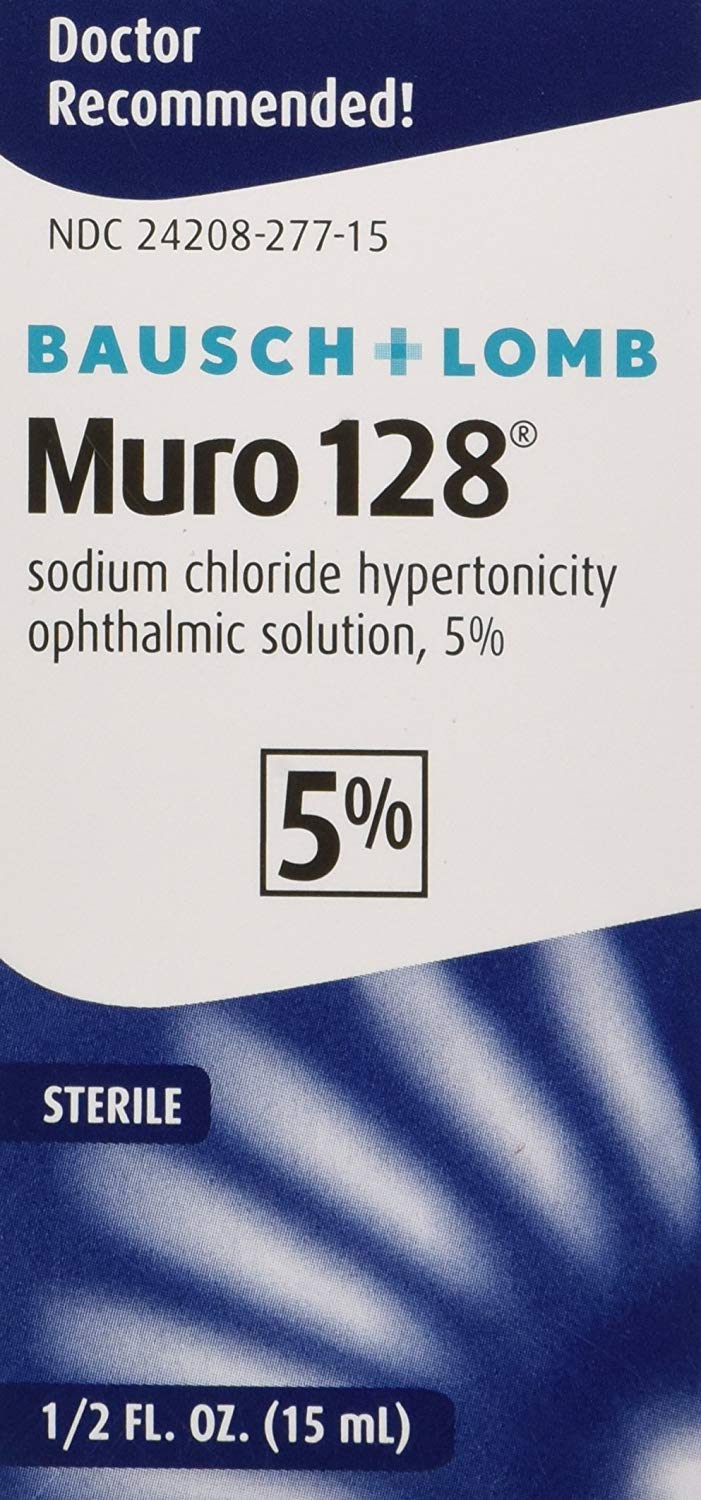Eye Surface Disorders
Overview
Dry Eye
What is dry eye? — Dry eye happens when your eyes either do not make enough tears or the tears that they make evaporate (go away) too quickly. This causes your eyes to feel dry and irritated. The medical term for dry eye is “keratoconjunctivitis sicca.”
What causes dry eye? — Many people have dry eye, including about one-third of older adults. A few people with dry eye might have another disease, such as Sjögren’s syndrome, diabetes, or Parkinson disease. Some medicines can cause dry eye symptoms or make them worse.
What are the symptoms of dry eye? — People have different symptoms but the most common ones are eyes that:
●Feel dry or burn
●Look red
Other symptoms can include:
●Being bothered by light
●Feeling like something is in your eyes
●Blurry vision
●Watery eyes
●Discomfort wearing contact lenses
In some people the symptoms are worse when it is cold or windy or if they are in a dry environment.
Should I see a doctor or nurse? — Yes. If your eye stays red, irritated, or painful for several days, you should see your doctor or nurse.
Will I need tests? — Probably not. The doctor or nurse should be able to tell if you have dry eye by learning about your symptoms and doing an exam.
How is dry eye treated? — “Artificial tears” are the main treatment for dry eye. They can keep the eye moist and help with the symptoms of dry eye. You can buy artificial tears at the drug store or grocery store without a prescription. They come in liquid, gel, or ointments. Your doctor or nurse will help you decide which form is best for you. It is usually best to avoid eye drops that are meant to reduce redness.
Artificial tears help with the symptoms of dry eye, but they do not cure the condition. They work only as long as you keep using them.
Other things you can do to help improve your symptoms are:
●Try to blink a lot, especially when you are reading or using the computer. This helps keep your eye moist.
●Avoid excess air conditioning or heating as much as you can. Also avoid sitting directly in the flow of the cold or hot air.
●Use a humidifier in your bedroom and any other space where you spend a lot of time.
●Avoid smoke and smoky air
●Wear protective eyewear when you are outside. Glasses that cover more of your face, or have special shields on the sides, can protect your eyes from wind and dry air.
If your dry eye does not get better in 3 to 4 weeks, your doctor or nurse might send you to see an eye doctor (called an “ophthalmologist”). The eye doctor can do more tests and might suggest other treatments. These include prescription eye drops or ointments, special glasses or goggles, oral medicines (pills), or surgery.
Allergic Conjunctivitis
Conjunctivitis is another name for pink eye. If allergies or something else is bothering your eye, you do not have an eye infection. This means it cannot spread from one person to others.
Your conjunctiva is a thin layer that covers the white part of your eye. It also lines your eyelids. When you have conjunctivitis, this layer is swollen and red.

Many things can cause this kind of pink eye, like:
Allergies
Smoke
Dry eyes
Chemicals like chlorine, exhaust, or perfumes
Air pollution
If you wear contact lenses, especially extended wear lenses, you are more likely to have this problem.
Your eyes may itch, have more tears, be red and swollen. You may also sneeze, have a runny or stuffy nose if your eye problems are caused by allergies.
The doctor will ask you questions about your health history and do an exam. The doctor may use special tools to look carefully at your eyes and may check your vision.
The doctor will suggest ways to make your eyes more comfortable. You may want to put a cool compress on your eyes and avoid contact lenses for a period of time.
The doctor may order drugs to:
Ease itching
Lower swelling
Keep your eyes moist
Shower or bathe daily to get any irritants off your skin before you go to bed.
Always wash your hands before and after touching your eyes.
If you wear contact lenses, take them out. You may need to stop wearing them for a short while. Talk to your doctor about when you can wear contacts again. Wearing glasses is OK.
If you wear disposable contact lenses, you may need to throw the old pair away and put in new contacts when your eyes are better.
Protect your eyes from dirt and other harmful substances. Take care when you wash your face or hair. Keep soap and shampoo out of your eyes.
Minor Eye Irritation
Minor irritation often responds well to artificial tear solutions or nonmedicated ophthalmic ointments.
Zinc sulfate, a mild astringent, may be recommended for temporary relief of minor ocular irritation. The dosage is one to two drops up to four times daily.
Many available zinc sulfate ophthalmic products also contain an ophthalmic decongestant.
The homeopathic product known as Similasan Eye Drops #1 is marketed to relieve dryness and redness caused by smog, contact lenses, and other causes. The active homeopathic ingredients are Belladonna, Euphrasia, and Mercurius sublimatus. Controlled clinical trials have not demonstrated the efficacy of this formulation in the treatment of this condition.
Presence of Loose Foreign Substances in the Eye
Lint, dust, and similar materials usually can be removed by rinsing the eye with sterile saline or specific eyewash preparations (irrigants).
An ocular irrigant is used to cleanse ocular tissues while maintaining their moisture. These solutions must be physiologically balanced with respect to pH and osmolality.
Ocular irrigants contain ingredients such as sodium chloride, sodium phosphate, sodium borate, and boric acid.
Irrigants may be packaged with an eyecup. Because contamination of the eyecup is possible, it should not be used to rinse the eye.
If sterile saline or an ocular irrigant is not available, the eyes should be flushed with copious amounts of water from a sink faucet or a garden hose.
If the patient experiences continuous eye pain, changes in vision, or continued redness or irritation of the eye or the ocular condition persists or worsens, evaluation by an eye care provider should be strongly encouraged.
Corneal Edema
First-line treatment is instillation of a 2% solution four times per day
If symptoms persist, nighttime use of a 5% hyperosmotic ointment should be added to the regimen.
If symptoms do not respond to the augmented treatment, the patient should switch to a 5% hyperosmotic solution and continue nighttime use of the ointment.
If symptoms still persist, medical referral is necessary.
For Dry, Irritating Eye
What is Artificial Tears?
There are many brands and forms of ocular lubricant available and not all are listed on this leaflet.
Artificial Tears is a solution specially formulated to moisten the eyes.
Artificial Tears is used to relieve burning, irritation, and discomfort caused by dry eyes.
Dry eyes: Ophthalmic: Instill 1-2 drops into eye(s) 3-4 times/day
What is naphazoline ophthalmic?
Naphazoline is a vasoconstrictor. It works by narrowing swollen blood vessels in the eyes to reduce eye redness.
Naphazoline ophthalmic (for the eye) is for temporary relief of minor eye redness or discomfort caused by minor irritants.
Decrease in eye redness (vasoconstrictor): Ophthalmic:
OTC: 0.012% or 0.03% solution: 1 to 2 drops into affected eye(s) up to 4 times daily
Common Side Effect: Enlarged pupils
For Allergic Conjunctivitis
What is Alaway?
Ketotifen is an antihistamine that reduces the effects of natural chemical histamine in the body. Histamine can produce symptoms of sneezing, itching, watery eyes, and runny nose.
Alaway (for use in the eyes) is used to treat itching of the eyes caused by allergy to dust, pollen, animals, or other allergens.
For Corneal Edema
What is sodium chloride hypertonic (ophthalmic)?
Sodium chloride hypertonic ophthalmic (for the eyes) is used to reduce swelling of the cornea (the front surface of your eye) caused by surgery, infection, trauma, or other eye conditions.
Directions : Instill 1 or 2 drops in the affected eye(s) every 3 or 4 hours, or as directed





